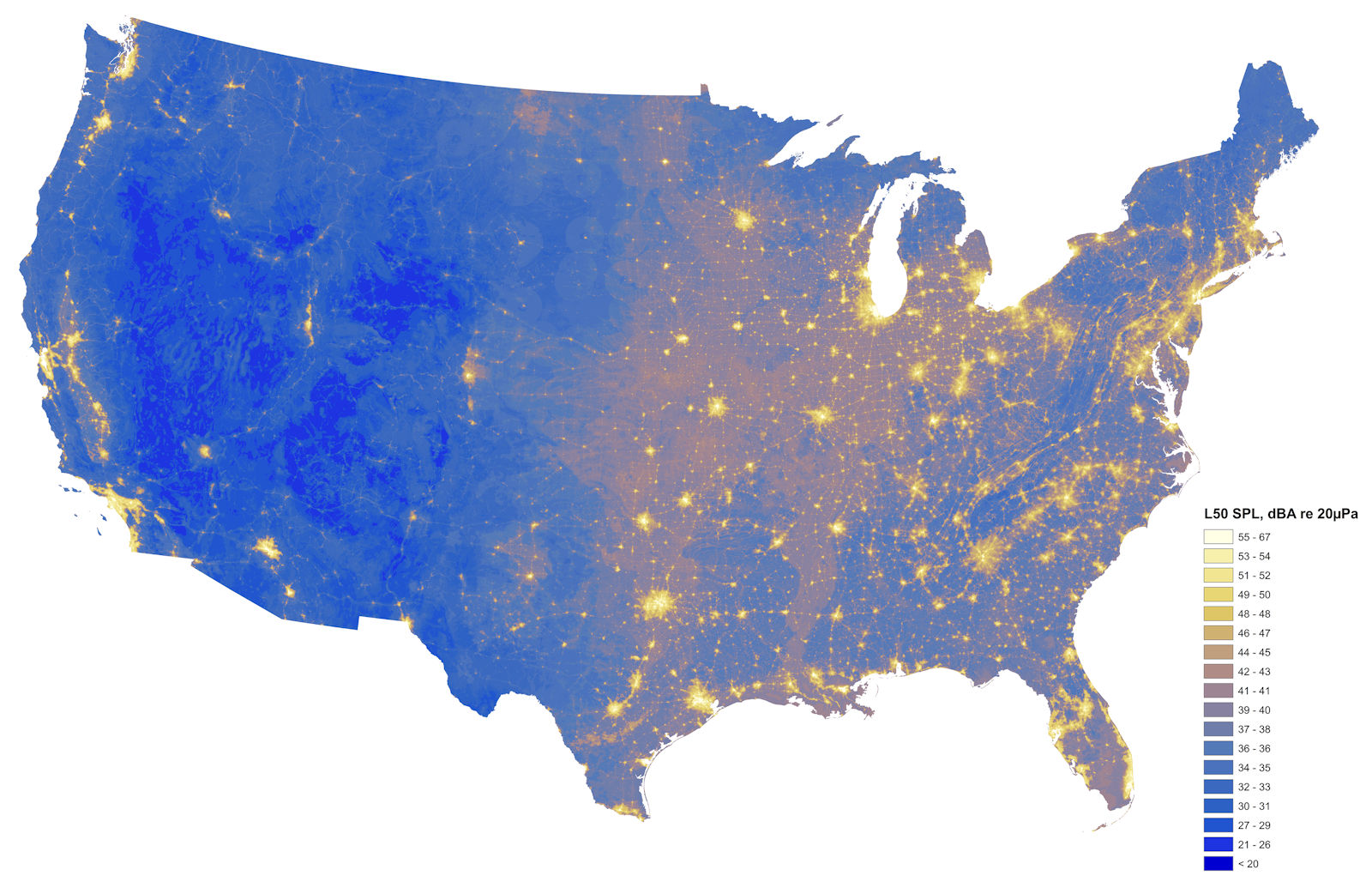
This article from NPR really puts efforts like the Glacier Park “quiet skies” initiative in context . . .
There are thousands of parks, refuges and wilderness areas in the U.S. that are kept in something close to their natural state. But one form of pollution isn’t respecting those boundaries: man-made noise. New research based on recordings from 492 protected natural areas reveals that they’re awash in noise pollution.
Researchers from Colorado State University spent years making the recordings by setting out microphones in natural areas across the country. They caught all sorts of wildlife sounds, such as rutting elk and howling wolves. But they were also after “background” sound — wind, rain, birdsong, flowing streams and rivers, even bubbling mudpots in Yellowstone National Park.
They compared the decibel level of this natural background with the intrusive noisiness from human activity. And they have discovered that in two-thirds of the places they studied, the median decibel level of man-made sound was double the normal background sound. These were sounds that came from within the area, such as road traffic, as well from as outside, such as passing jets or mining and logging equipment.